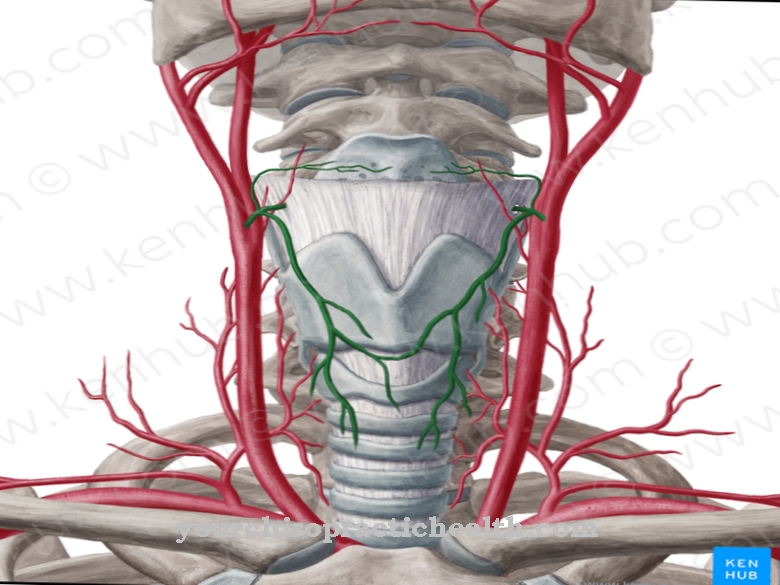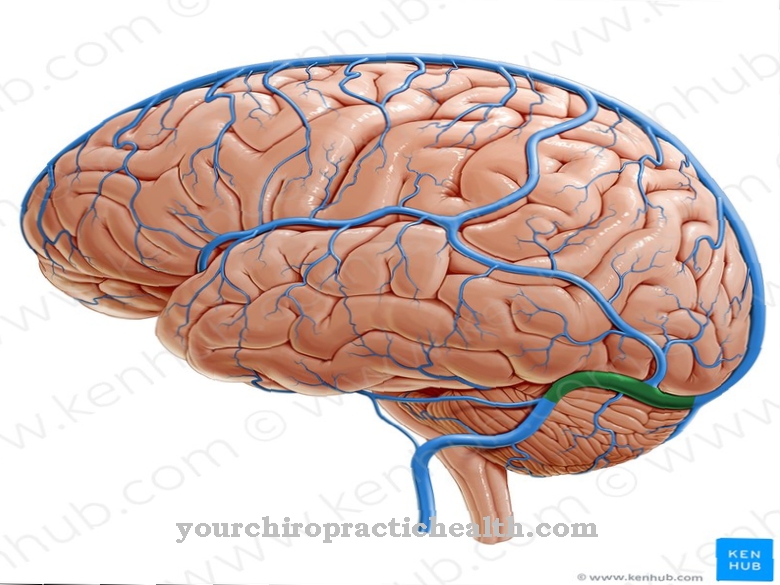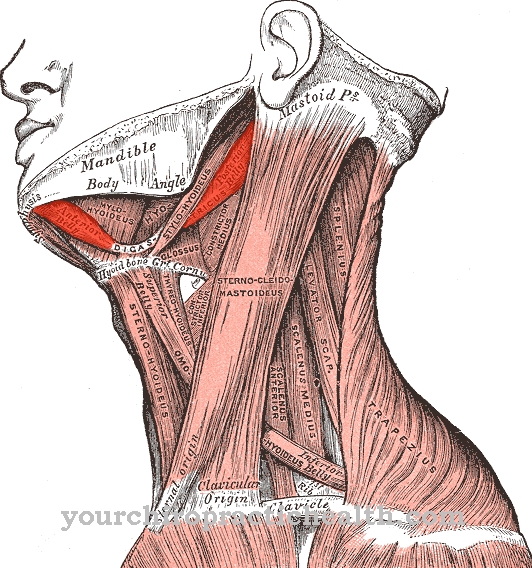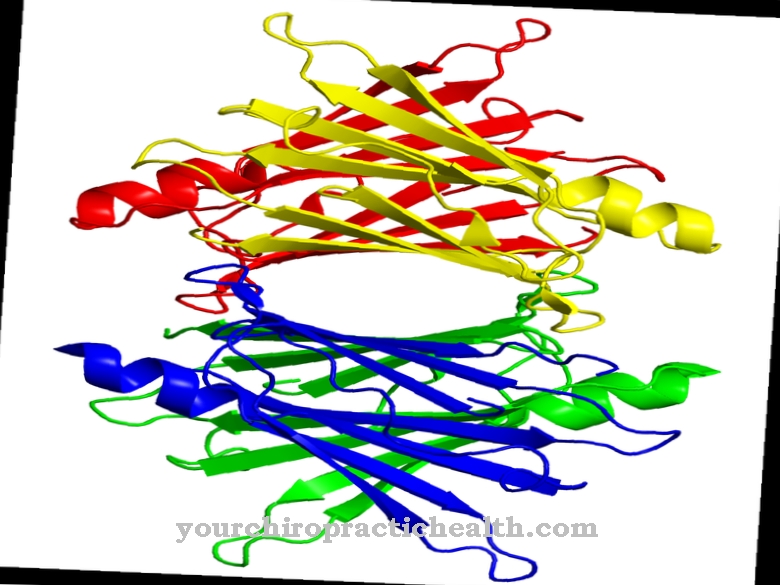The Fallopian tubes (or tuba uterina, rarely also oviduct) are among the non-visible female secondary sexual characteristics in humans. The egg cell is fertilized in the fallopian tubes. The fallopian tubes allow the fertilized egg cell to be transported further into the uterus.
What are the fallopian tubes?

The fallopian tubes, along with the uterus, vagina and ovaries, are one of the secondary sexual characteristics of women. The fallopian tubes are located inside the body.
They take up mature egg cells from the ovaries, provide space for fertilization - if sperm is present - and then ensure that the embryo (or zygote) is transported further into the uterus.
The fallopian tubes were first mentioned around 300 BC by the scholar Herophilos of Chalkedon, and an exact description was given by Gabriele Falloppio in the 16th century.
Anatomy & structure
The fallopian tubes of humans are about 10 to 15 cm long and resemble a tube in their appearance. The end of the fallopian tube is funnel-shaped. Fringes (fimbriae), 1 to 2 cm long, hang from the funnel and enclose the ovaries at the time of ovulation. With the help of the fringes, the fallopian tube picks up the egg jumping out of Graaf's follicle.
At the other end, the fallopian tube opens into the uterus. The fallopian tube decreases in size below. The fallopian tube is also surrounded by a layer of muscle to allow contractions. Inside the fallopian tube there are smooth muscles and a mucous membrane that changes over the course of the cycle. The mucous membrane consists of ciliate and secrotic cells.
With their rhythmic movements in the direction of the uterus, the ciliated cells ensure that the egg cell or zygote gets into the uterus and can implant there. The secrotic cells ensure the build-up of secretion, which is responsible for ensuring that both egg cells and sperm find optimal conditions in the fallopian tube.
The ratio of ciliated and secrotic cells varies greatly depending on the day of the cycle. After the onset of menopause, the ratio changes permanently; Overall, secrotic cells and ciliated cells decrease rapidly.
Function & tasks
As soon as a follicle has matured in the ovaries, the fimbriae span the ovary. To do this, you straighten up and perform rhythmic movements. The fallopian tube begins to contract.
As soon as the follicle has expelled the mature egg and the fimbriae have picked it up, the contractions stop. Once the mature egg has arrived in the fallopian tube, the ciliated cells begin to move towards the uterus. This transports the egg, which cannot move itself, towards the uterus. Additional muscle contractions of the fallopian tube accelerate further transport. An egg cell can be fertilized up to about 12 hours after ovulation.
If she encounters sperm cells that have also entered the fallopian tubes during this period, fertilization can take place. The fallopian tubes then ensure that the embryo is transported further into the uterus. The embryo needs about 3 to 5 days for the journey. During the transport, the first cell divisions are fed up in the fallopian tube. The zygote finally reaches the uterus at around the 12 to 16 cell stage.
Illnesses & ailments
As a rule, fallopian tubes do not cause discomfort. Even inflammation of the fallopian tube usually goes unnoticed by the woman.
False fallopian tubes that are not fully functional usually only become noticeable if a woman does not become pregnant despite regular sexual contact (unfulfilled desire to have children). In about 50% of all cases this is caused by sterility of the woman, caused by glued fallopian tubes. If a fallopian tube is blocked or stuck together, the egg cell and sperm cannot meet, and further transport to the uterus is not possible.
As part of a sterility diagnosis, the permeability of the tubes is checked by injecting a contrast liquid. Adhesion and blockages are caused by an unrecognized and treated inflammation of the fallopian tubes, and more rarely also by the presence of endometriosis.
In 0.75% of all desired pregnancies, the zygote does not implant itself in the uterus, but rather in the fallopian tube. It is believed that more than half of all ectopic pregnancies go unnoticed because the embryo is rejected quite early. The woman does not notice that there was a pregnancy.
If the embryo remains in the fallopian tube for too long and continues to develop there, complications arise. The size of the embryo and the simultaneous shortage of space in the fallopian tube lead to a fallopian tube rupture, which in the worst case can lead to serious poisoning of the entire abdominal cavity.
Women with broken fallopian tubes can easily get pregnant with the help of assisted reproduction (IVF).













.jpg)

.jpg)
.jpg)











.jpg)